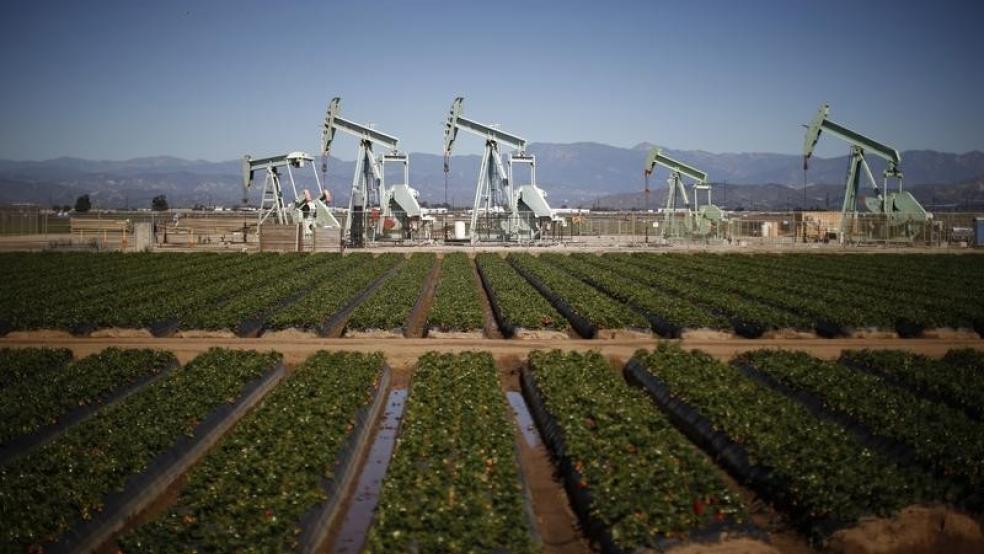As it appears GDP will be seasonally adjusted again, I find myself wondering just one thing: why?
Earlier GDP figures showed the US economy on the brink of recession for the first two quarters of this year. Now, with more fudging going on, who knows what it will show. The government appears to be following the Hollywood mantra: if you can bend perception enough, it will become reality. Look no further than the Federal Reserve, which continues to raise expectations of higher interest rates in the second half of this year, in hopes of inducing faster growth.
Of course, the age of propaganda is now upon us; where perception trumps the truth, until that is, the house of cards burns and falls, which it always does. The US consumer responded to lower gas prices not by spending but by saving, despite predictions from investment banks and the Fed. They saw through the ruse and continue to feel the effects of 6 years of Keynesian money printing where the standard of living is falling. Inflation, while abated short term, won’t stay low forever. Nor will gas prices.
Related: What's Next for Oil Prices? Look Out Below!
Goldman Sachs (GS) continued its streak of bearish calls on oil right at a time when the dollar took off (just by coincidence), based on the notion that $60 oil was good enough to increase drilling activity. That too will prove to be dead wrong just like every other piece of propaganda spewed from that bank. After hearing most of the major E&P earnings calls, I did not come away with any impression that the magic price to increase capital expenditures was $60 per barrel, or even $70 for that matter.
I could be wrong, and may have missed something, but what I heard was merely that one or two firms, when asked at what price they would start adding rigs, responded by saying roughly around $70 per barrel. But they did not say that the spigot would be turned on by a huge amount. The market appears to buy into the perception that supply greatly exceeds demand. But I disagree with that analysis completely.
Capital spending was, lo and behold, also dramatically revised higher in previous months, fully consistent with the pending “revised” quarterly GDP data for the first half of this year. With such blatant data manipulation going on, why shouldn’t we question the extent of stated “glut” in oil? After all, as stated here before almost every cry for this “glut,” – from Cushing overflowing to production increasing by 900,000 barrels per day in the US – turned out to be wrong.
This is why prices have recovered from lows, as the end of the world for oil never came. Production has flattened, and is now poised to fall, while inventories are declining. This is the opposite of what was perceived months ago.
Related: Oil Could Drop to $45 By October
The longer perception is distorted to create a false reality, the worse things will get in the end. We saw this before in 1999/2000 with the internet bubble and in 2008/2009 with the housing bubble, and it will not end well. In equity bubbles, false realities can last for longer, which we are seeing now in other assets. In commodities it’s harder because they are physical, are consumed and, eventually, will be measured correctly. I have maintained that the supply/demand imbalance won’t be nearly as great as portrayed as numbers get revised.
Even the US consumer sees through this. According to Goldman Sachs’ own retail sales statistics for the week ending on May 23 sales growth remained subdued at 1.8% pace. The rig count has not increased even with oil at the $60 level. It won’t increase for some time and when that reality sets in, the numbers will no longer be fudged as the supply of oil here in the US will dry up as existing wells deplete. What will result is a snap back to prices above the normalized price of $70 and that won’t be pretty for the US consumer.
If producers are dumb enough to get roped in to turning the spigot on when oil does rise then, once again, prices won’t hold. By 2016, I fully expect that low cost oil will be depleted and prices will need to rise to spur more activity as costs rise. In the short term, expect producers to consolidate assets through M&A activity, which will accelerate as we move through 2015.
This article originally appeared on OilPrice.com.
Read more from OilPrice.com:
Oil Markets Can’t Ignore The Fundamentals Forever
Exxon Setting Its Sights On Iranian Oil Fields
Top 4 Oil Companies For Dividend Investors

